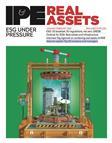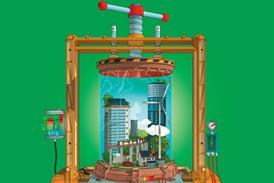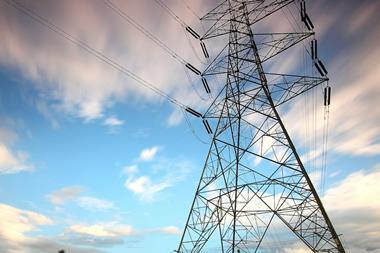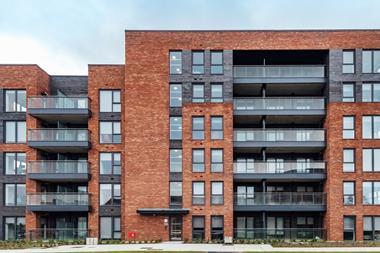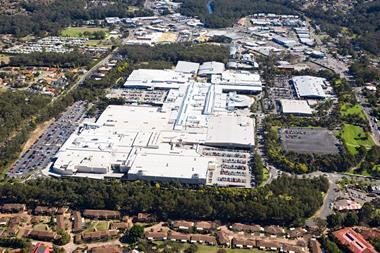Core infrastructure assets are at least twice as resilient as core commercial real estate during a serious global economic downturn, according to stress tests conducted by JP Morgan Asset Management.
During the 2007-09 global financial crisis, commercial real estate shed, on average, 30% of its value from peak to trough, while core infrastructure lost around 10-15% of value.
JP Morgan Asset Management, which had $107.3bn (€86.5bn) in real assets under management at the end of 2017, stress-tested private core infrastructure assets through three scenarios - recession, inflation and weak energy prices.
The firm, which has been investing in infrastructure for 12 years, said the stress tests found that the impact of each downside scenario on core infrastructure investments was relatively muted.
Serkan Bahceci, head of infrastructure research with JP Morgan Asset Management, told IPE Real Assets: “We tried to mimic the 2007-09 era to understand the impact a synchronised global recession would have on infrastructure assets.
“We focussed on the demand decline for transportation assets, energy and utilities.”
Bahceci explained that his team took a “bottom up” approach to assess the likely impact on key sectors.
On renewable power generation, he said the assets had long-term contracts with government and/or with credit counterparties, and the impact was minimal.
During the last recession, based on the experience in the US and Western Europe, “less than 2%” of contracts were not honoured, he said.
And this was not because of the recession but rather because of “idiosyncratic issues”.
With regulated utilities, he said, the two main issues in a recession were that regulators would get tougher and demand would decline.
“In the Global Financial crises (GFC), regulators assigned lower rates (charges) and that lowered returns. Capex programmes also slowed. Depending on the type of service, demand went down 2%-3%.
Bahceci noted that electricity experienced a bigger fall in usage than gas.
Overall, there was a 5%-10% decline in annual cash flows and a similar decline in value in the first year. “But,” he added, “the first-year impact on value is expected to be recovered in 10 years’ time”.
Transportation suffered the biggest hit in term of cash flow because of lower demand.
Bahceci said usage of toll roads dropped by around 6%, airports by 12%-15% and seaports by 20%-25%, the latter the result of a collapse in world trade.
However, he saw a repeat of the GFC as a low probability. “There will be recessions but they will be more scattered and have a lower impact,” he said.
In looking at the extreme scenario of a global recession, Bahceci said his team was taking a “conservative” approach.
The bottom line was that even with “penalising impact”, the diversified portfolio could mitigate the impact of an economic and market downturn.
He said infrastructure investors learned from the last global downturn to differentiate core from non-core infrastructure assets.
Only core assets would deliver high, stable cash yields and a history of relatively low correlations with equity and fixed income.
“Like core real estate,” said Bahceci, “the expected returns and yield from core infrastructure should be at least half of the expected total returns. So if you expect 10% total return, at least 5% should come from yield.”

